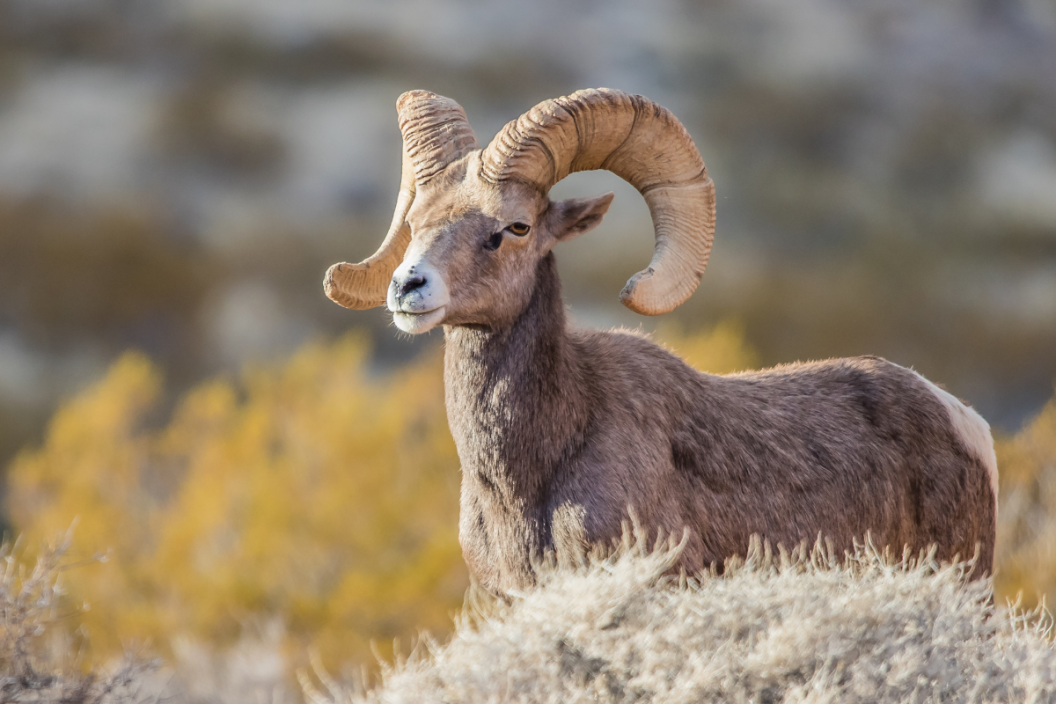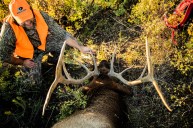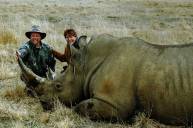Many organizations are dedicated to preserving natural wildlife today, but the Wild Sheep Foundation specializes in vulnerable mountain sheep populations, especially bighorn sheep. The Wild Sheep Foundation has helped triple the population of wild bighorn sheep in North America in the last half-century through restoration projects, policy development, and education.
The Wild Sheep Foundation has worked diligently to restore and protect wild populations throughout North America for the last five decades. It is expanding its collaborative effort worldwide, sharing the insights and expertise they have gained through the years.
The History of the Wild Sheep Foundation
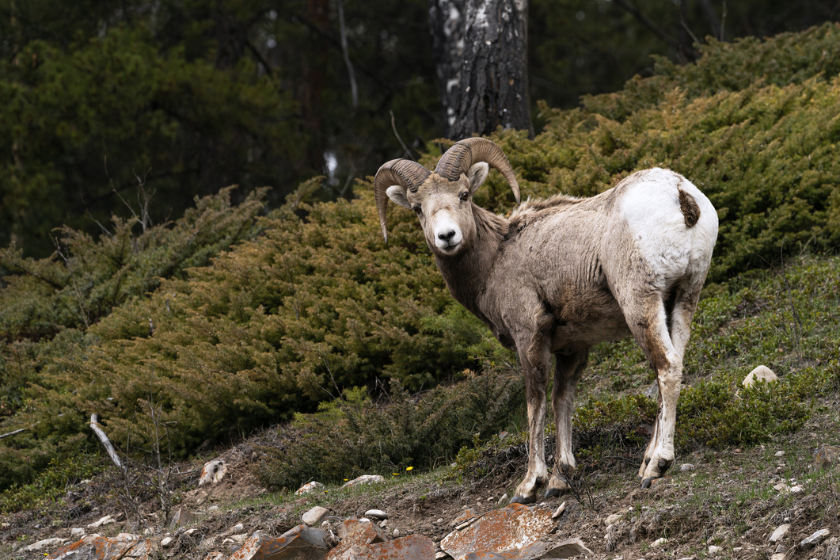
JJAF via Getty Images
Wildlife historians estimate that at one time, there may have been between 500,000 and 2 million wild bighorn sheep in North America. Overhunting and poor land management reduced that number to approximately 15,000 by 1960. In response, wildlife enthusiasts founded the Foundation for North American Wild Sheep in 1974.
They incorporated as a non-profit in 1977 and began organizing and growing the organization in the years following. The group has been active in fundraising and promoting bighorn conservation since the beginning. In 1987 they drew attention for raising $109,000 by auctioning off a bighorn hunting tag in Montana.
A 1997 article in High Country News highlighted the organization for helping generate millions of dollars for bighorn programs throughout the U.S. and Canada but also presented the potential complications of a private, hunter-driven organization having so much influence in conservation projects.
In 2008, the organization formally changed its name to the WSF to indicate its commitment to protecting wild sheep populations around the world.
Bighorn Sheep Conservation Programs
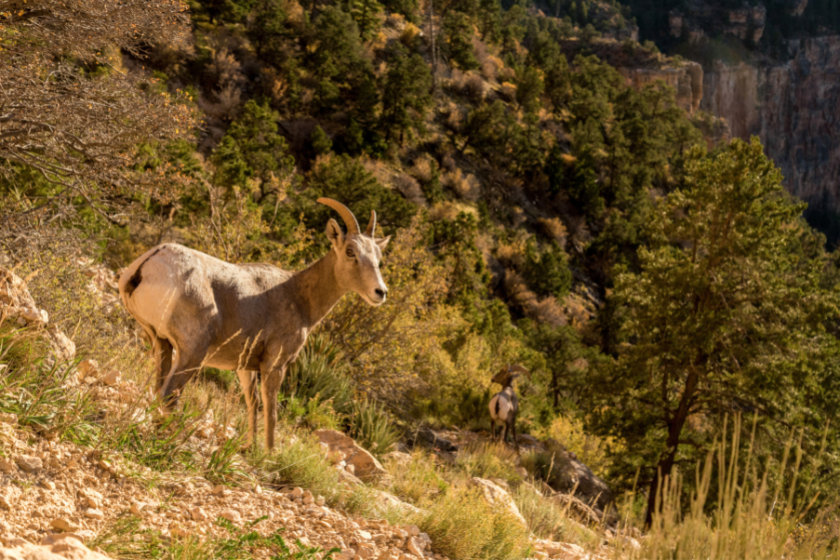
imagoDens via Getty Images
Since its creation, the Wild Sheep Foundation has funded countless conservation and wildlife management efforts. In the three years from 2014-to 2016, they raised $13 million for bighorn Sseep projects. Their fundraising numbers are hard to argue with, so we'll explore how they spend that money here.
The main focus of traditional restoration for wild sheep has always been the trap and transplant method. This practice takes individuals from a stable population in one area and relocates them to a place where the original population has vanished. Conservationists have translocated some 22,000 wild sheep in the past century, many with the support of the Wild Sheep Foundation. The strategy is not without its critics, however.
Out of the roughly 1,500 transplant operations, only a tiny percentage have successfully produced herds of over 100 animals. Many projects have failed or resulted in herds with fewer than 50 animals.
The excellent news about transplant operations is that conservationists are implementing more successful strategies after years of observation.
The second method of conservation is habitat restoration. As farming spread through the western U.S., much of the traditional habitat of the bighorn sheep was purchased and separated. This fragmentation, often through impassable fences, has made it difficult for many sheep, deer, and elk to reach resources across their normal range.
As people have become more aware of this, the Wild Sheep Foundation and others have pushed for reintegrating contiguous parcels of land so that the animals can migrate naturally. An essential component of this work has also been the implementation of adequate and nonrestrictive fencing.
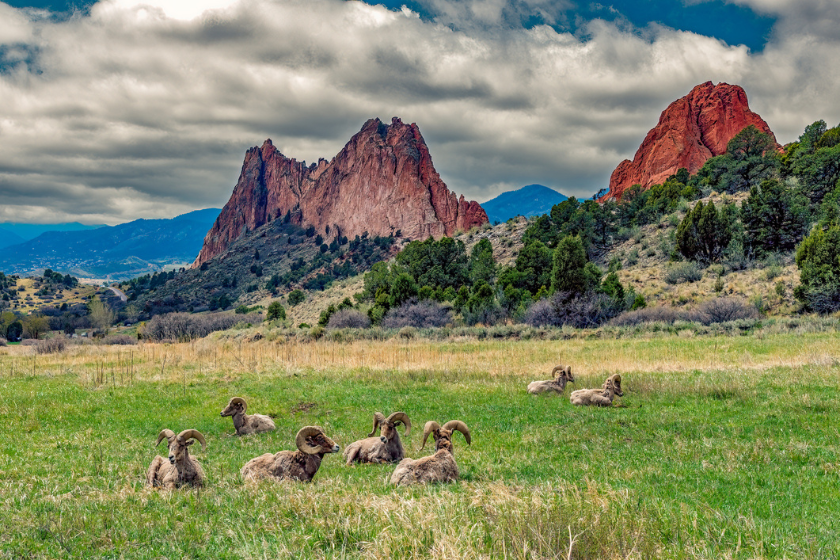
John Morrison via Getty Images
For example, ensuring the fencing is designed for the intended function and adequately placed can significantly affect the number of wild animals caught or injured. Increasing the standoff distance of roadside fencing and replacing traditional fencing with stones or concrete blocks are two ways to minimize the impact on sheep.
There are negative pressures from nature that are also having an impact on wild sheep populations. Invasive, non-native grasses can outcompete and displace traditional grazing vegetation. Non-native grasses are dangerous because invasive vegetation is often not a suitable dietary replacement for sheep and other herbivores.
The Wild Sheep Foundation is promoting an ongoing effort in Montana to use a new method of mineral fertilization to make native vegetation more competitive with invasive species. Developing non-herbicidal strategies like this is vital to protecting the natural environment without creating unintended consequences. There are some apparent conflicts of interest between domesticated sheep farming and wild sheep. Finding a balance between private interests and wildlife conservation can be challenging in areas with limited resources and good grazing land.
In areas with commercial sheep farming, the Wild Sheep Foundation tends to partner with woolgrowers' associations regarding legal disputes, going against activism-oriented organizations. The Wild Sheep Foundation's position is that it is possible to effectively maintain the separation of domestic and wild populations through temporal policies. The two populations might share the same space but ensure they will be there at different times.
One of the most significant risks domestic sheep present to wild bighorn populations is the increase of pneumonia. Pneumonia outbreaks devastate bighorn herds, often wiping out half or more of a herd in a single instance. Multiple studies have documented the link between bighorns coming in contact with domestic sheep and pneumonia outbreaks. The link is well documented, but research about the specific transfer mode and how to reduce the outbreak risks is still ongoing. This means that keeping sheep and bighorns from being in the same place at the same time might work, but it's not a sure sell.
For example, deer's chronic wasting disease (CWD) is often spread through droppings. Researchers know that the pneumonia outbreaks are not transferred directly from domestic sheep to bighorns but triggered by a different bacteria that is common among domestic sheep. This means that having domestic and bighorn sheep in the same physical location could still cause outbreaks even if they don't come into contact with each other.
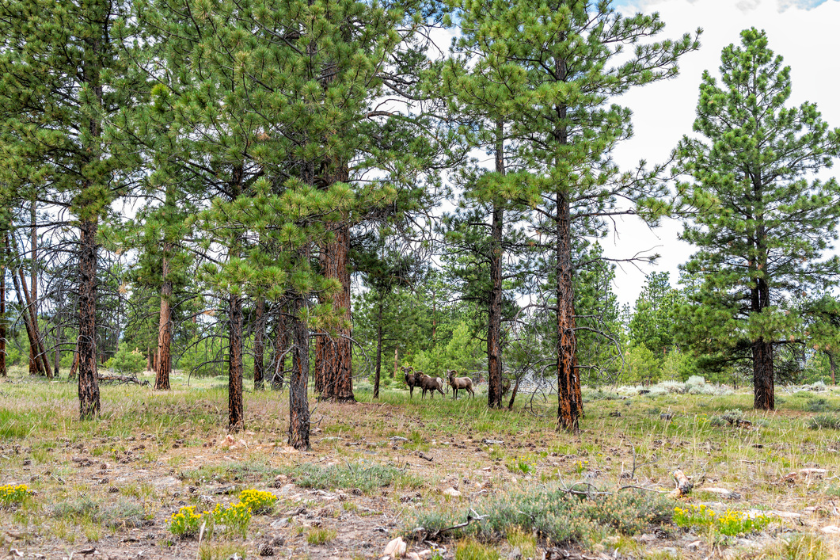
krblokhin via Getty Images
Nowadays, there are around 70,000 bighorn sheep in the wild. This is the result of all the conservation efforts that the Wild Sheep Foundations and other organizations have done. So it may sound counterintuitive to hear they are protecting hunting rights to this low population of animals.
As we all know, hunters are the ultimate conservationists. Many hunters are willing to pay a pretty penny for a bighorn tag. Currently, one of these tags can run you $20,000 to $30,000; some have even got to $400,000. Of course, there is not an unlimited amount of tags. These tags are typically auctioned off.
Other states have lotteries that require hunters to pay $600 annually to be in the draw. Long story short, these tags provide a lot of revenue for conserving bighorn and other sheep. The Wild Sheep Foundation sees that protecting those hunting rights is worthwhile while still ensuring the population is not overhunted.
Education Efforts Matter
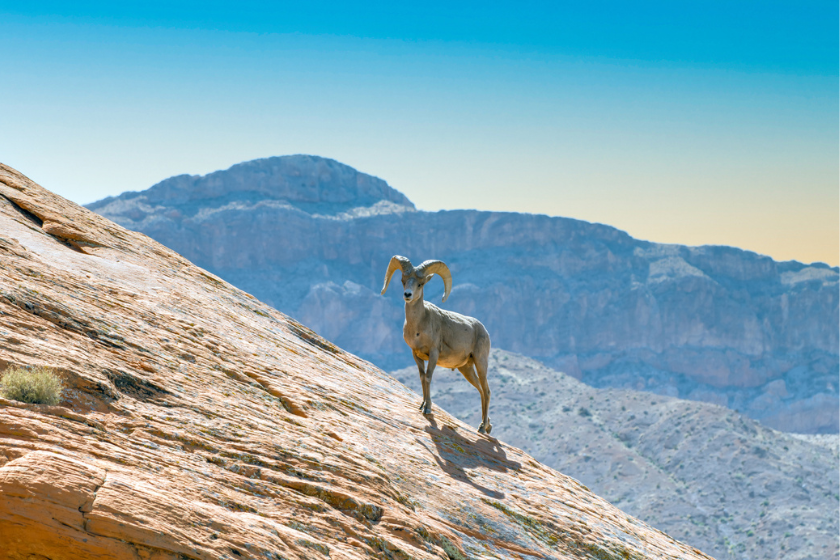
gchapel via Getty Images
The motto of a marine conservation organization I'm fond of, FUNDEMAR, goes, "You only protect what you love. You only love what you know." Like all good conservation agencies, the Wild Sheep Foundation recognizes this and has always promoted education about bighorn history, biology, and protection.
In addition to educational speakers at their conventions and events, the Wild Sheep Foundation creates lesson plans, like this one, for K-12 classes. The Wild Sheep Foundation earns marks for promoting well-educated and conservation-minded youth, but they also incorporate decidedly pro-commercial agriculture information into their educational materials.
In all, the Wild Sheep Foundation is and always has been a hunter-driven organization, but they often maintain a balance between private interests and conservation goals. Their fundraising and transplant initiatives have had a significant impact over the years. While success has been mixed, there is no doubt that many bighorn sheep herds have recovered due to their efforts.
READ MORE: HOW TO MAKE TENT CAMPING MORE COMFORTABLE
